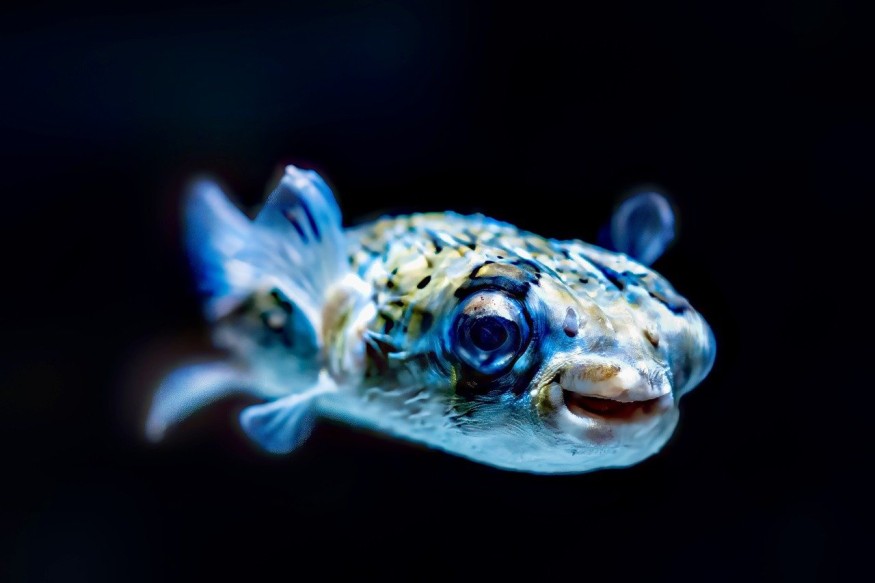
After eating a poisonous pufferfish dish, a Brazilian man ended up dying.
Man Dies After Eating Pufferfish
The man, Magno Sergio Gomes, did not have prior experience cleaning the pufferfish, according to Myrian Gomes Lopes, who is the sister of the deceased.
Magno reportedly received the deadly seafood as a gift from an unnamed friend. Its exact provenance is still unclear.
Despite having no experience handling pufferfish in the past, the man and his friend still gutted the fish. They removed the fish's liver, boiled it, and ate it with lemon juice. After less than an hour, both of them fell into serious illness. His sister shares that Magno began feeling numbness on his mouth.
The patient then brought himself to the hospital. The numbness then spread, and Magno was in cardiac arrest for eight minutes. According to Myrian, Magno was intubated and put on life support. However, this was of no avail.
Magno died on January 27 after 35 days spent in the hospital, where his system ended up paralyzed by the pufferfish's toxin. The doctors explained to the family that Magno passed away due to the poison that quickly reached his head.
Miraculously, the friend of Magno was able to survive. However, he faces leg troubles. Myrian explains that this friend is not walking well and was impacted neurologically. Nevertheless, he is recovering.
Poisonous Pufferfish
The dangerous effects Mango faced were due to tetrodotoxin, which is an incredibly strong poison that originates from pufferfish gonads and liver. The toxin can also be found in other species in the sea.
The pufferfish typically uses the toxins to deter its predators. The toxin is roughly 1,000 times deadlier compared to cyanide. The quantity of poison packed in a pufferfish is also strong enough to kill 30 people. The toxin also does not have any known antidotes.
When tetrodotoxin is ingested in larger quantities, it affects signal transmission from the nerves up to the muscles. It also paralyzes the muscles and could even result in death.
All over the world, there are over 120 species of pufferfish. Most species can be found in subtropical and tropical ocean waters. However, there are some species that dwell in fresh and brackish water. These creatures have tapered and long bodies as well as bulbous heads. There are some with wild colors and markings that they use for advertising their toxicity, while others have a cryptic or muted color for them to blend with their surroundings.
In Brazil, 20 pufferfish species can be found, with a dozen of these varieties living in Espirito Santa. Almost all types of pufferfish have the toxin.
Interestingly, Japan has a raw pufferfish delicacy that is locally called fugu. Due to the dangerous nature of the fish, only licensed fugu chefs can prepare the dish.
Check out more news and information on Medicine & Health in Science Times.
© 2025 ScienceTimes.com All rights reserved. Do not reproduce without permission. The window to the world of Science Times.











